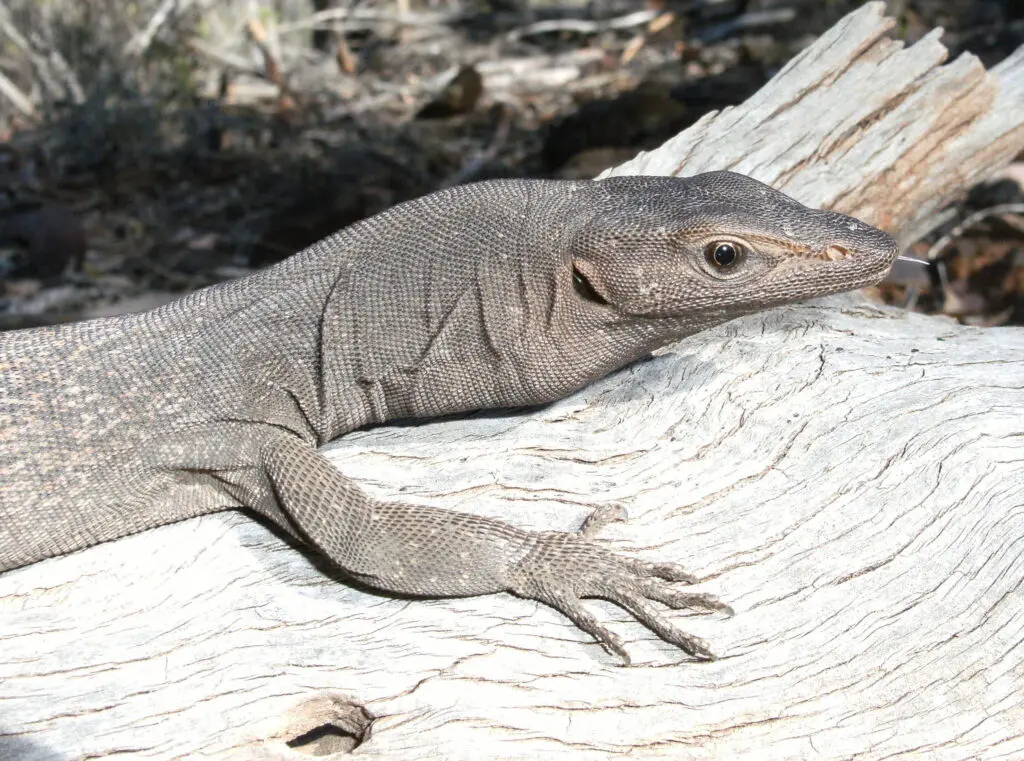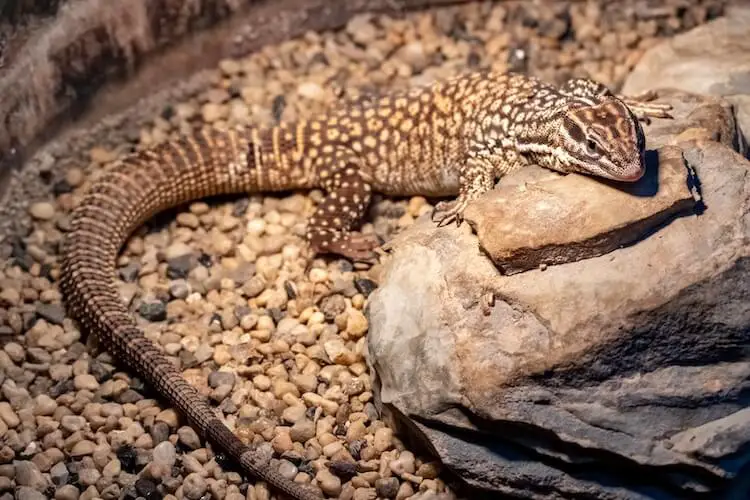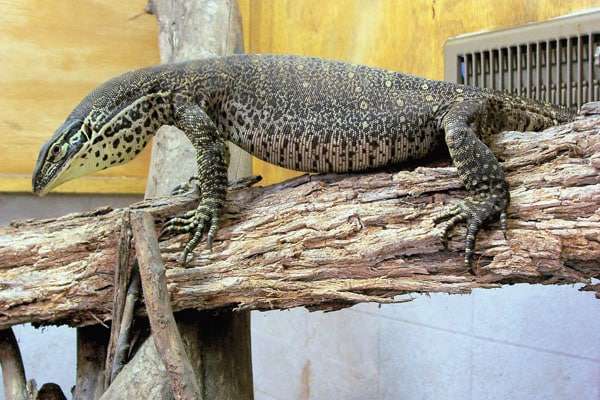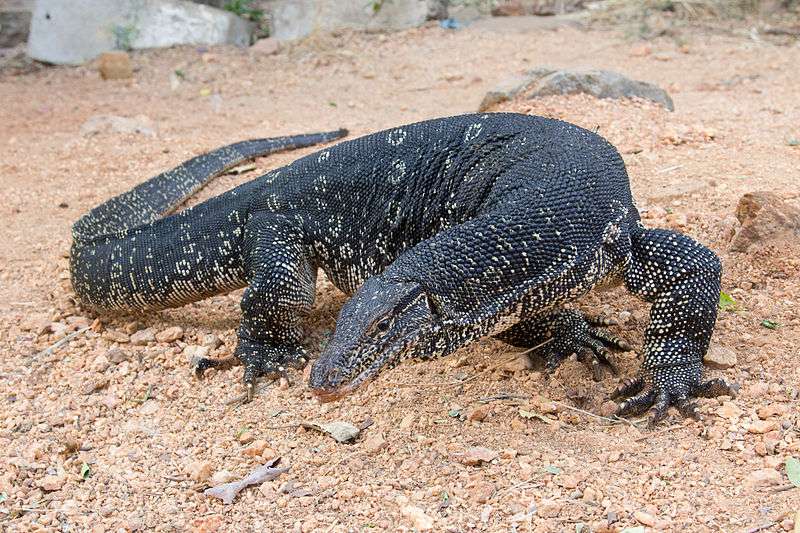
Description
Scientific Name: Varanus tritis
Life span: Up to 40 years (wild)
Black-headed monitors are small-sized monitors in Australia. It has two subspecies. V. t. tristis is the largest of two different subspecies, growing to a maximum length of 80 cm. Populations in and around Perth are entirely black, whereas those further north in warmer climates grow lighter in color. The smaller subspecies known as the freckled monitor (V. t. orientalis), which can grow up to 60 cm long, has a lighter, more striking coloration and a less spiky tail. Both subspecies’ hatchlings are colorful, but only freckled monitors maintain a significant portion of their coloring as adults. After reaching sexual maturity, which typically occurs at roughly two years of age, males may be distinguished by a massive cluster of spiky scales on either side of the animal’s vent. Female specimens don’t have these prominent protrusions and seldom have more than a few spines that are only a little bit bigger than scales.
Native Region/Habitat
It may be found all throughout Australia and even on certain northern islands like Magnetic Island, making it the most common species of the monitor in Australia. Only Australia’s most southern and south-eastern areas are devoid of it. V. t. tristis is mostly found in Western Australia, whereas V. t. orientalis is restricted to eastern Australia. In certain regions, like the east coast of Queensland, both subspecies are sympatric.

Behavior
They are most active in the spring and may move up to a kilometer every day in search of food to build up enough fat stores to keep them going during the six to seven chilly months of the winter when they go dormant. Although they are both semi-arboreal, V. t. tristis is a little less arboreal. When walking or basking, V. trisis has been observed occasionally curling its tail over its head and body, although the rationale for this behavior is unknown.
Tristis monitors are hardy animals that make excellent captives for novice monitor keepers. They are also fascinating to watch, prolific, and attractive, making them excellent for expert keepers.
Care As a pet/In captivity
They require some room as well as plenty of food, although, like most monitors, they will eat almost anything protein-based. They mostly eat grasshoppers, lizards, and other insects in the wild. They should be fed primarily insects in captivity. At each feeding, they should be “dusted” or coated with a premium source of calcium. Tristis and other monitors require a heated basking area between 120 and 150 F. A lot of branches and hides should be present in the enclosure. A freshwater bowl should also be kept inside the enclosure.
Table





